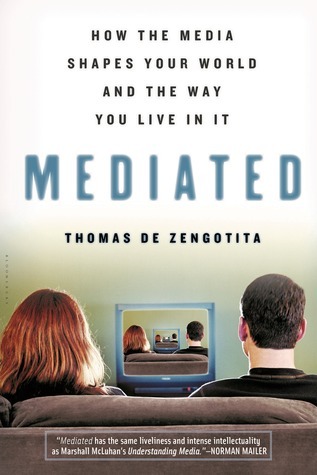
The Parallax View
Book Description
Reality is not what it seems. In "The Parallax View," Slavoj Žižek dissects the hidden fractures of our world, unveiling the absurdity lurking beneath the surface of politics, culture, and society. With razor-sharp insights, he challenges conventional wisdom and invites readers to confront uncomfortable truths. From the chaotic dance of ideologies to the twisted narratives shaping our perceptions, every page crackles with intellectual energy. As the boundaries of truth blur and illusion reigns, could it be that the key to understanding lies in embracing these contradictions? Dive into a mind-bending journey and ask yourself: what lies on the other side of the parallax?
Quick Book Summary
"The Parallax View" by Slavoj Žižek investigates the fractures, contradictions, and disjunctures that define our reality. Žižek introduces the concept of the parallax: the apparent displacement when a scene is viewed from two different perspectives that cannot be synthesised. Applying this idea across philosophy, psychoanalysis, politics, and culture, Žižek exposes the fundamental tensions that shape identities, ideologies, and perception. Instead of resolving contradictions, he argues for their analytic value, suggesting that truth and meaning lie in fully inhabiting divisions rather than covering them up. Drawing on thinkers like Kant, Hegel, Lacan, and Marx, Žižek offers a provocative guide to understanding how our fractured world works—and why embracing paradox is essential for thought and action.
Summary of Key Ideas
Table of Contents
The Parallax Gap and Non-Synthesizable Difference
Žižek’s central motif is parallax: the irreducible, unsynthesizable gap between two perspectives. He draws on examples from philosophy (such as the Kantian split between phenomenon and noumenon), psychoanalysis (the conscious and unconscious), and politics (opposing ideologies) to argue that these are not cases of reconciled opposites but of genuine gaps that shape our world. Rather than seeking a unifying perspective, Žižek suggests that truth and insight emerge precisely through acknowledging and interrogating these disjunctures.
Psychoanalysis and the Subject’s Division
Psychoanalytic theory, particularly Lacan’s notion of the split subject, is essential to Žižek’s analysis. For Žižek, subjectivity itself is produced by irreconcilable antagonisms and divisions. The subject is inherently barred, always seeing itself through a “parallax gap” between self-perception and unconscious desire. This split is not a flaw to overcome but a productive tension that underlies political engagement, cultural production, and personal identity.
Ideology, Politics, and the Reality of Contradiction
Ideology becomes, for Žižek, a field structured by these irreconcilable differences. He critiques the idea that ideology is a mask hiding some underlying truth; instead, ideology is the structure through which contradictions are expressed and navigated. By analyzing events and ideas—ranging from capitalism and religion to science and film—Žižek shows how ideological fantasies attempt to manage, but never fully close, the parallax gaps at the core of society.
Philosophy’s Role in Confronting Difference
Philosophy, in Žižek’s view, is not about harmonizing differences or arriving at a final synthesis. Instead, its task is to confront parallax gaps, retaining critical distance without succumbing to relativism or cynicism. He explores how thinkers like Hegel and Kant struggled with these themes, and how the persistence of gaps is what makes philosophical and political action possible. In this sense, parallax becomes both a problem and a method for philosophical thought.
Traversing Parallax as Critical Engagement
Rather than proposing solutions, Žižek’s project is about “traversing the parallax” – learning to dwell within contradiction and use it as an engine of critique. He insists that authentic engagement requires acknowledging the constitutive antagonisms of our world instead of seeking comfort in illusory coherence. By inhabiting the parallax view, we become capable of acting with a keener awareness of reality’s complexity and the limits of synthesis, making this book both a demanding critique and an invitation to intellectual courage.
Download This Summary
Get a free PDF of this summary instantly — no email required.





